Introduction
Imunify360 is a comprehensive security solution for web servers. It provides protection against a wide range of cyber threats, including malware, DDoS attacks, and more. This guide provides step-by-step instructions on how to clean a website using Imunify360 in DirectAdmin.
Prerequisites
- Access to DirectAdmin control panel.
- Imunify360 installed and configured on your server.
Steps to Clean a Website with Imunify360
Step 1: Log into DirectAdmin
- Open your web browser and navigate to your DirectAdmin login page
- Enter your username and password.
- Click on the “Login” button.
Step 2: Access Imunify360
- Once logged in, navigate to the “Extra Features” section in the DirectAdmin main dashboard.
- Click on “Imunify360” to open the Imunify360 dashboard.
Step 3: Scan the website
You can start the scanning process through the Imunify360 interface “Imunify360 -> Malware Scanner”. You have the option to scan all users or, use the search bar if you want to scan a specific user. To scan all users, click “Scan All” or click the “play” button under “Actions” to scan a specific user.
The scan includes a file/folder and database scan.
Step 4: Malware found?
It can have the following outcomes:
- Website cleaned
- Website clean-up failed
- No malware detected
- No malware was detected but there are suspicious files.
Step 4.1: Website cleaned
If Imunify360 detects a malware, it will try to clean up the website. After the website is cleaned you should see this.
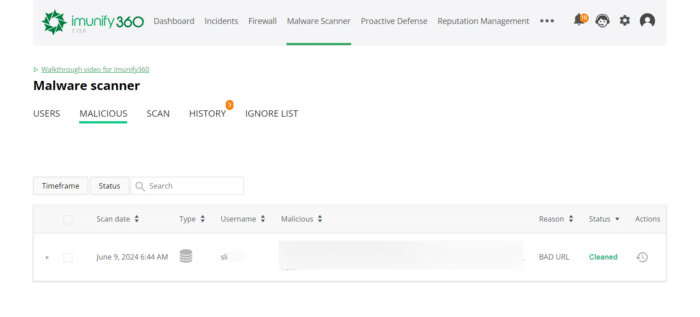 You can click the eye icon to unveil the file content. If you think it was a false positive and the file should not be cleaned-up you can restore it by clicking on the “clock” icon next to the eye. In case it was a false positive, you can also submit the false positive to the Imunify360 team by using this command on the command line:
You can click the eye icon to unveil the file content. If you think it was a false positive and the file should not be cleaned-up you can restore it by clicking on the “clock” icon next to the eye. In case it was a false positive, you can also submit the false positive to the Imunify360 team by using this command on the command line:
imunify360-agent submit false-positive <full_path_to_file> --reason <reason>
When cleanup is done but you suspect the website is still infected, feel free to contact the support department of Imunify360
Step 4.2: Website clean-up failed
In case the cleanup failed, you will see something similar to the screenshot below
In this case, it’s required to contact the support department of Imunify360 . You can create a ticket through the control panel.
Step 4.3: No malware detected
If no malware is detected no action required.
Step 4.4: No malware was detected but there are suspicious files.
If no malware was found but you detected suspicious files, please log in via SSH and submit the files as undetected malware. You can use the following command:
imunify360-agent submit false-negative /path/to/file
Step 5: Enable Customer Access
If you want your customers to be able to clean their websites themselves, you need to enable this feature in Imunify360:
- Click Settings icon in the DirectAdmin dashboard.
- Navigate to “Features Management.”
- Enable the Imunify360 feature for customer accounts.
Step 6: Verify the Cleaning Process
- After the cleaning process is complete, review the status of each file. Imunify360 will indicate whether the cleaning was successful or if further action is required.
- If any files could not be cleaned automatically, consider downloading them for manual inspection and cleaning.
If a website is hacked and cleaned:
Replace the passwords for the following users: WordPress, FTP, SSH, and email accounts. If you suspect that your website has been hacked, ensure that all software is updated to the latest version; if it is not, update it promptly.
Step 7: Implement Preventive Measures
- Ensure that all your website software, including CMS, plugins, and themes, are updated to their latest versions.
- Regularly run malware scans using Imunify360 to catch any new threats early.
Getting Help
Creating a Support Ticket with Imunify360
If you suspect that there are issues that you cannot resolve, you can create a support ticket with Imunify360. As an administrator, you can do this directly through the Imunify360 interface:
- Go to the Imunify360 dashboard.
- Click on “Support” or “Help.”
- Fill in the required details and describe the issue you are facing.
- Submit the support ticket.
Imunify360’s support team will respond to your ticket and provide assistance.
Conclusion
Cleaning a website with Imunify360 in DirectAdmin is a straightforward process that involves running a malware scan, reviewing the results, and cleaning the infected files. Regular scans and maintenance are crucial to keep your website secure and free from malicious threats. By following the steps outlined in this guide, you can ensure that your website remains protected against cyber threats.

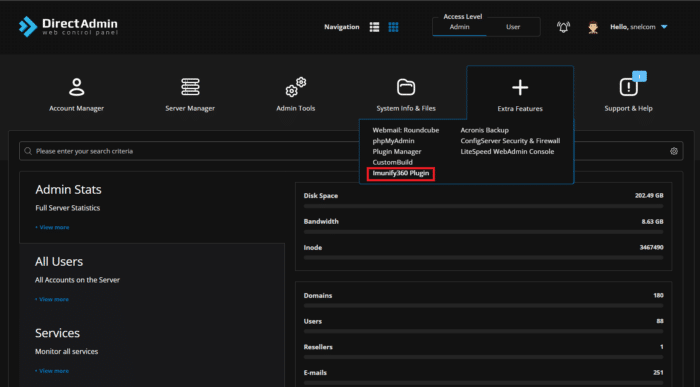
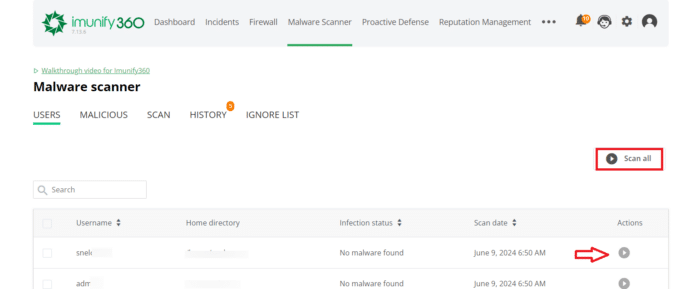
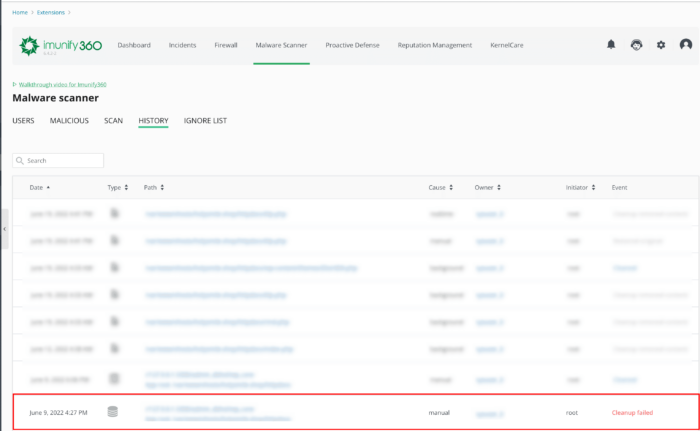
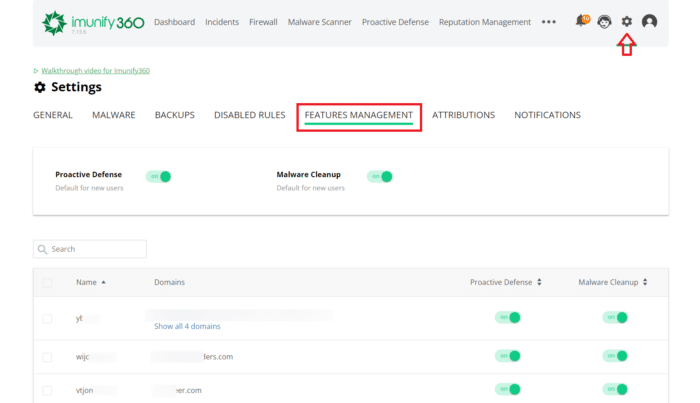
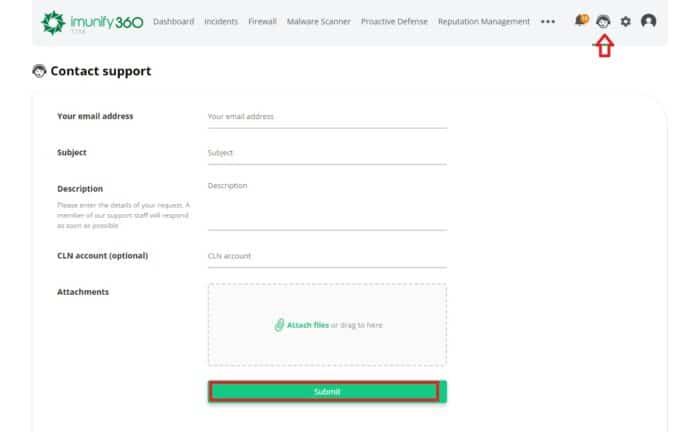


Leave a Reply